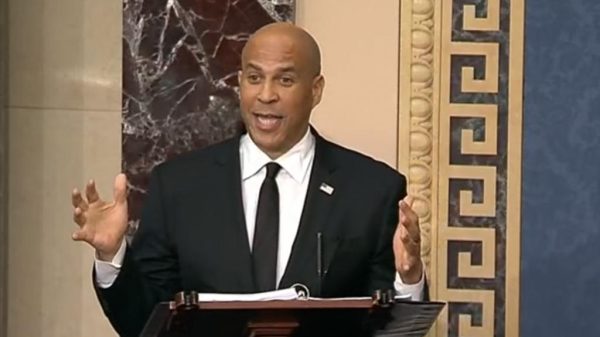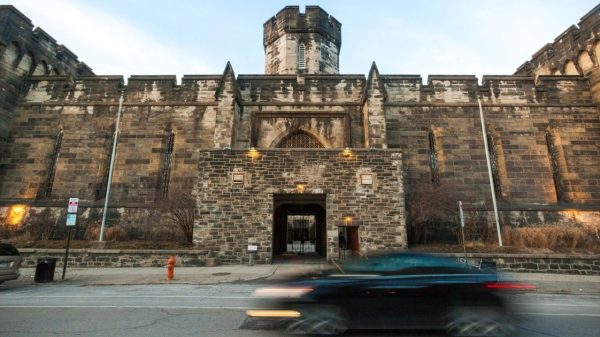Retirement should be a time to relax and enjoy the fruits of decades of hard work. However, recent reports show that many UK retirees are staring at a significant financial shortfall. A startling £25,000 pension gap in 2025 is leaving many wondering if they’ve saved enough to sustain their desired lifestyle. Let’s dive into the numbers and explore practical steps to secure your retirement.
UK Retirees Face a £25,000 Pension Gap in 2025:
| Topic | Details |
|---|---|
| Pension Gap in 2025 | £25,000 annually (£36,915 needed vs. £11,502 state pension) |
| Essential Expenses | Housing (£7,600), Transport (£3,392), Food (£3,530), Recreation (£3,238) |
| Supplementary Solutions | Workplace/private pensions, early savings, investments |
| Sources | Pensions Age, Gov.uk |
The £25,000 pension gap in 2025 highlights the need for proactive financial planning. By saving early, leveraging workplace and private pensions, and exploring additional income sources, you can achieve a secure and comfortable retirement. Don’t wait—start planning today to avoid future financial stress. With the right strategy, you can enjoy your golden years without financial worry.

Why is There a Pension Gap?
The current full state pension provides an annual income of £11,502, which is far below the £36,915 estimated as necessary to sustain a comfortable retirement. This leaves a gap of over £25,000 annually. Rising living costs and inflation have exacerbated the situation, making it critical for individuals to explore supplementary income sources. Beyond inflation, longer life expectancies mean retirees need to stretch their savings further than ever before, adding more strain to already limited pensions.
The Breakdown of Annual Retirement Costs
Here’s a look at the average annual expenses:
- Housing: £7,600
- Fuel and Power: £3,600
- Transport: £3,392
- Food and Drink: £3,530
- Recreation and Culture: £3,238
- Dining Out: £1,667
These figures highlight the cost of maintaining a basic yet comfortable lifestyle. For those aspiring to enjoy travel, hobbies, or enhanced leisure activities, the gap widens further. It’s clear that relying solely on the state pension leaves retirees vulnerable to financial insecurity.
How to Bridge the Pension Gap
The good news? There are several strategies to ensure a financially secure retirement. Here’s a step-by-step guide to help you prepare:
1. Start Saving Early
The earlier you begin saving, the more time your investments have to grow through compound interest. For instance, saving just £200 per month from age 30 can yield significantly more than starting at 50, assuming a 5% annual return. Early savings also provide more opportunities to weather market fluctuations and make adjustments as needed.
2. Maximize Workplace Pensions
If your employer offers a pension scheme, take full advantage of it. Many employers match contributions, effectively doubling your savings. Enrolling in a workplace pension is one of the easiest ways to build a retirement fund without significant effort.
- Example: If you earn £30,000 and contribute 5% (£1,500 annually), your employer may match it, adding another £1,500. Over 20 years, with a 5% return, this could grow to over £100,000.
3. Consider Private Pensions
A self-invested personal pension (SIPP) or stakeholder pension provides flexibility and tax benefits. Private pensions allow you to choose investments tailored to your risk tolerance and goals. They can also supplement your state pension and workplace schemes.
- Tip: Diversify your investments across stocks, bonds, funds, and real estate to mitigate risks and increase potential returns. Regularly review your portfolio to ensure it aligns with your long-term goals.
4. Review Your State Pension
Check your state pension forecast on the Gov.uk website to ensure you’re on track to receive the full amount. You may be able to fill gaps in your National Insurance record to boost your entitlement. Missing contributions from earlier years can often be made up through voluntary payments, ensuring you don’t lose out on potential income.
5. Explore Additional Income Sources
Consider these options for supplementary income:
- Renting out spare rooms through platforms like Airbnb.
- Part-time work or consulting in your area of expertise.
- Investing in dividend-paying stocks or rental properties to create passive income streams.
- Utilizing hobbies or skills to create side income, such as crafting, tutoring, or freelance work.
6. Create a Detailed Retirement Plan
A retirement plan should include a comprehensive budget, projected income sources, and estimated expenses. Regularly revisiting and updating this plan ensures it stays relevant to your circumstances. For example, healthcare costs often rise with age, so accounting for this early can prevent unexpected financial burdens.
Practical Example: Retirement Savings Plan
Let’s take a closer look at a realistic savings plan:
- Goal: Close the £25,000 gap
- Savings Horizon: 20 years
- Required Annual Savings: Approximately £12,000 (assuming 5% annual return)
By starting early and combining workplace pensions, personal investments, and state pension entitlements, this goal becomes achievable. Additionally, leveraging tax-efficient investment accounts such as ISAs can maximize savings.
UK’s £12-a-Night Tourist Tax: Truth or Rumor? Here’s What You Need to Know!
£9500 DWP Increase For PIP Payments Approved: Will you get this? Payment Dates, How to Claim?
£1,768 Payment for UK Households Confirmed for April 2025 – Who will get it? Check Payment Date
Frequently Asked Questions (FAQs)
1. How much should I save for retirement?
It depends on your lifestyle and goals. A common rule of thumb is to aim for two-thirds of your final salary annually. For example, if your final salary is £45,000, you’d need around £30,000 per year in retirement.
2. What is the current full state pension amount?
As of 2025, the full state pension is £11,502 annually. This amount is adjusted periodically to keep pace with inflation, but it still falls far short of the average retirement needs.
3. Can I rely solely on my state pension?
The state pension is unlikely to cover all your needs. Supplement it with workplace or private pensions, personal savings, and investment income to ensure a secure retirement.
4. What happens if I haven’t contributed enough to the state pension?
You can check your contributions on Gov.uk and make voluntary contributions to fill gaps. Each year of missing contributions reduces your entitlement, so it’s crucial to address this early.
5. What investment options are best for retirement savings?
Diversified portfolios that include a mix of stocks, bonds, index funds, and real estate tend to perform well over the long term. Consult a financial advisor to tailor your investments to your risk tolerance and goals.








































